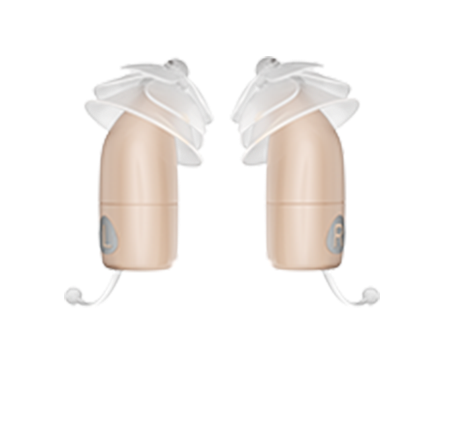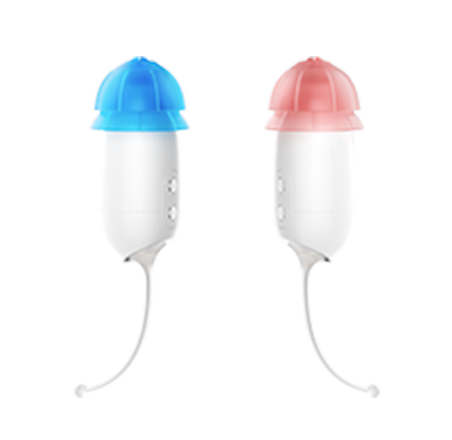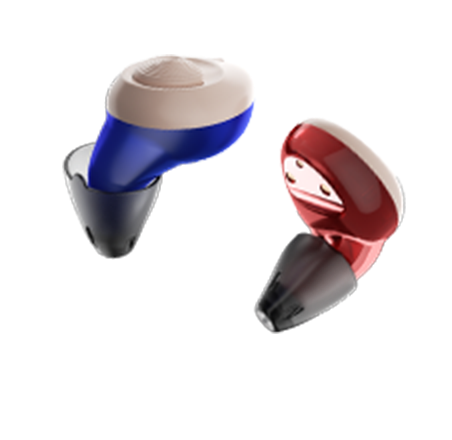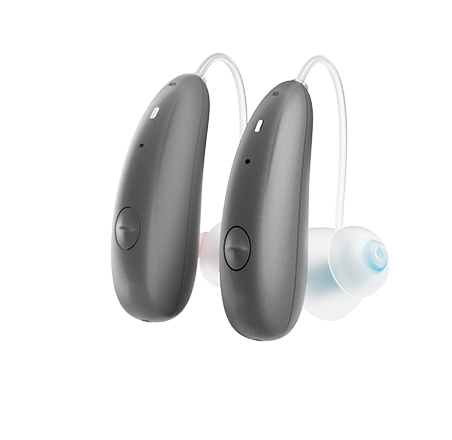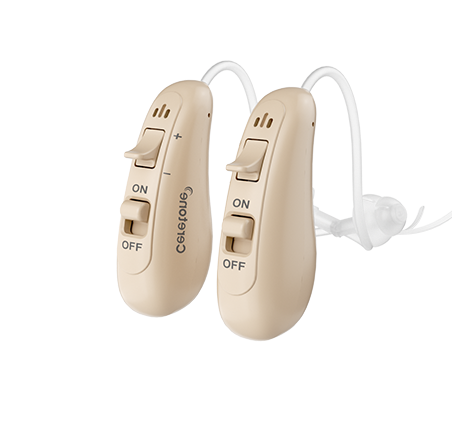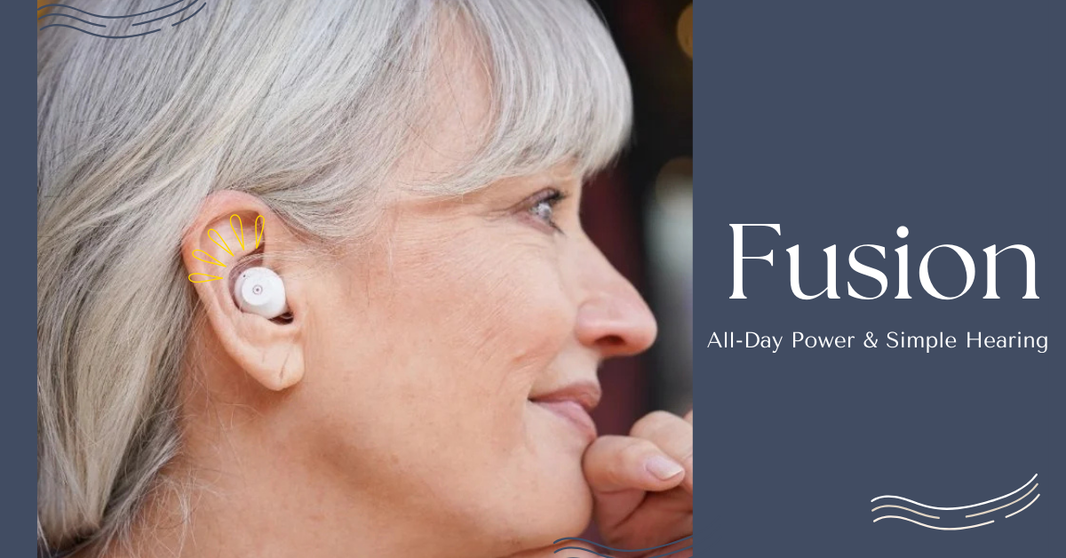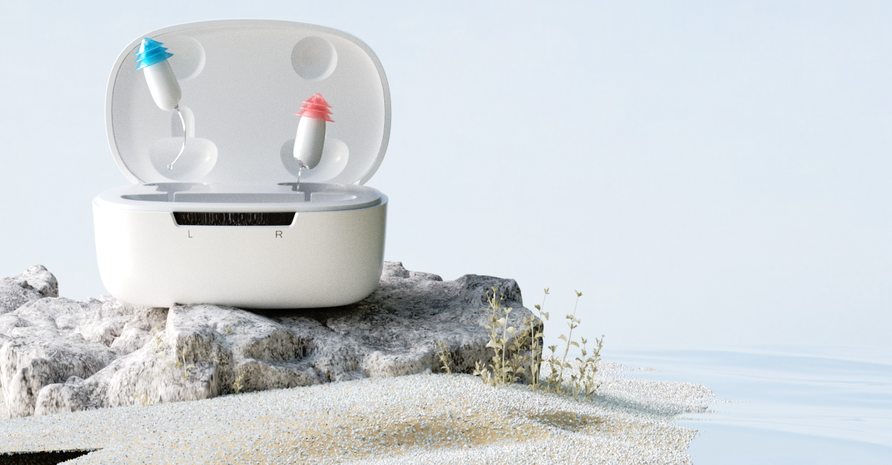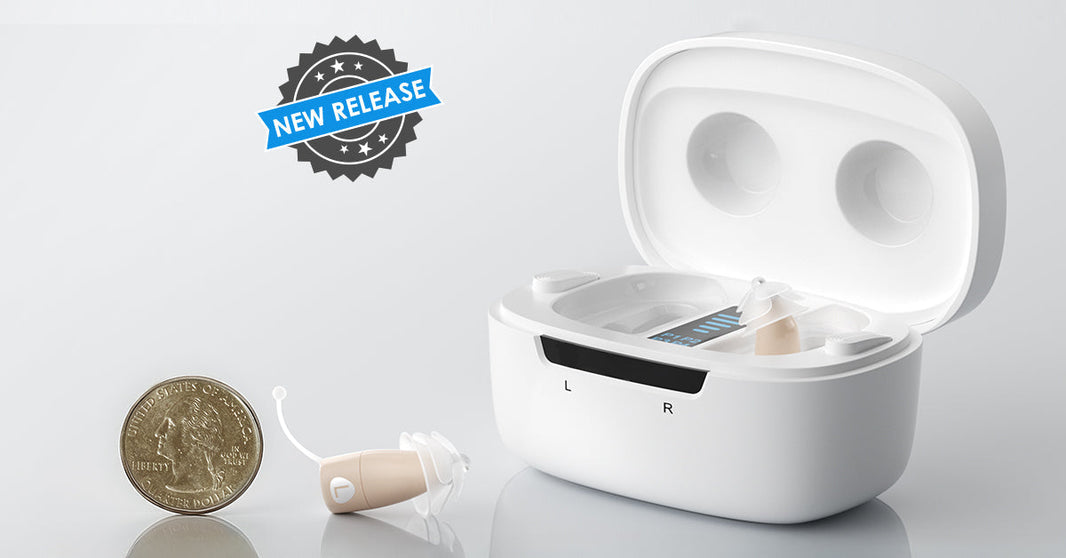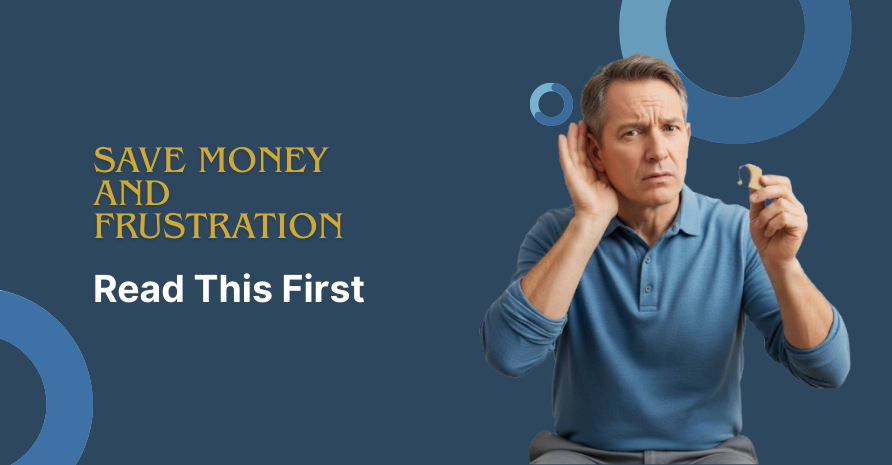
An Illustrated Timeline of Hearing Aids
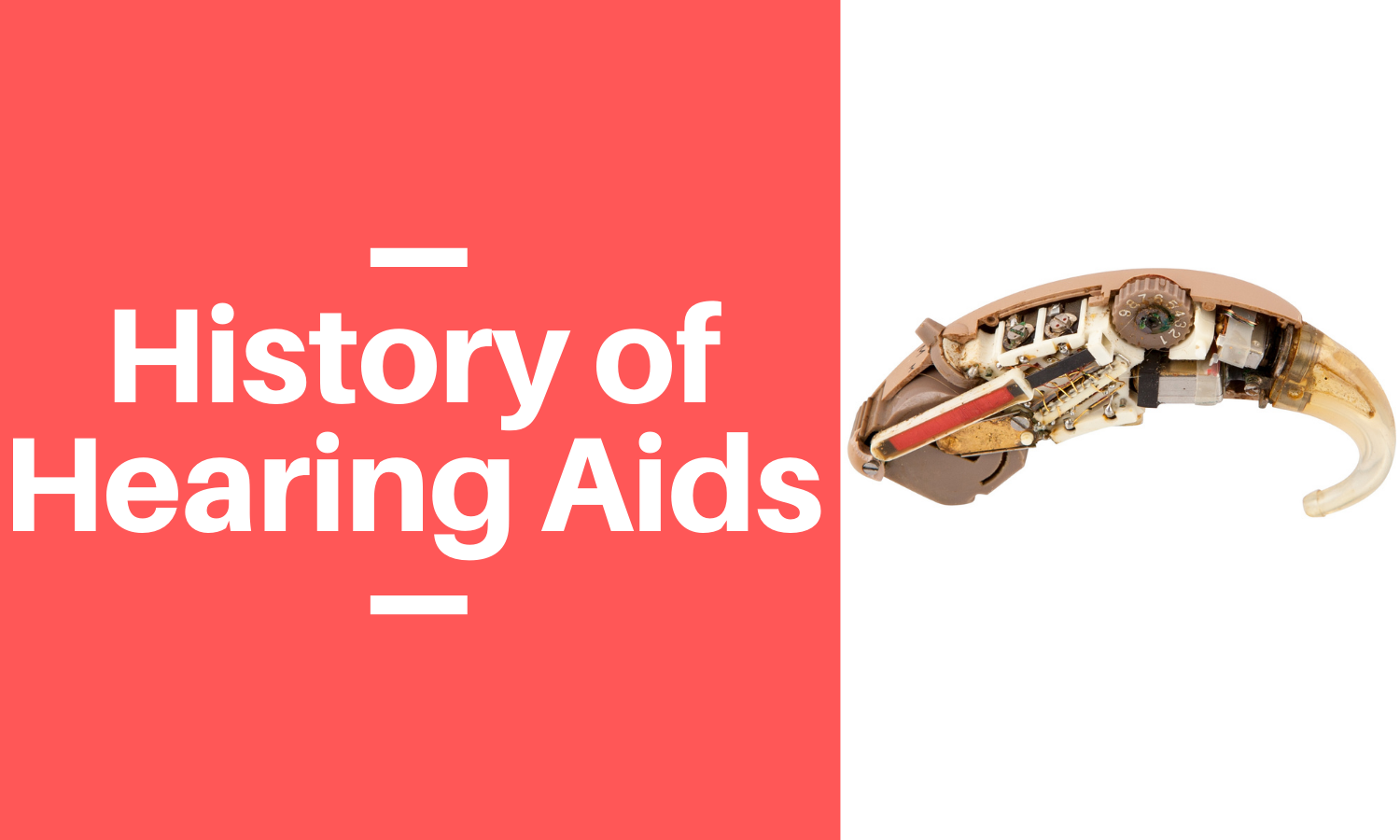
When Were Hearing Aids Invented
In 1898, Miller Reese Hutchison's invention, the Akouphone, stands as a landmark in the evolution of hearing aids.
Before this innovation, individuals with hearing loss were limited to mechanical devices like ear trumpets, which offered minimal amplification and were often cumbersome to use.
The Akouphone, powered by a battery, was revolutionary in its use of electrical amplification. A crucial component, the carbon transmitter, converted sound vibrations into electrical signals. These signals were then amplified through a small electric current, resulting in a significant increase in sound volume. This technological leap made the Akouphone portable hearing aids.
While the Akouphone was relatively large by today's standards, resembling a bulky earpiece connected to a battery-powered box, its impact was undeniable. It laid the groundwork for future advancements in hearing aid technology. The fundamental principles of its amplification system were refined over time, leading to the development of smaller, more powerful devices.
Who Invented Hearing Aids
The journey to modern hearing aids is a testament to the ingenuity of countless inventors and engineers. Over decades, their collective efforts have transformed early, bulky devices into sophisticated, discreet technology.
Early Innovations
- Miller Reese Hutchison (1898): Pioneering the field, Hutchison created the Akouphone, an early electric hearing aid. This device, though primitive by today's standards, marked a significant step forward in amplifying sound.
- Siemens (1913): Among the early manufacturers of electronic hearing aids, Siemens produced bulky devices that, while functional, were far from discreet.
Vacuum Tube Era
- Earl Hanson (1920): Introduced the Vactuphone, a portable vacuum tube hearing aid. While a significant improvement, its size and weight limited its practicality.
- Marconi and Western Electric (1923): Furthered the development of vacuum tube hearing aids, enhancing their performance and reliability.
Transistor Revolution
- John Bardeen, Walter Brattain, and William Shockley (1948): The invention of the transistor revolutionized electronics, leading to smaller, more efficient hearing aids.
- Zenith: A major player in the miniaturization of hearing aids, Zenith's post-World War II innovations significantly reduced the size and improved the performance of these devices.
- Elmer V. Carlson: A prolific inventor, Carlson held numerous patents related to hearing aid technology, contributing significantly to their advancement.
Digital Age
- Bell Telephone Laboratories (1960s): Pioneered early digital signal processing for stylish hearing aids, laying the groundwork for future advancements.
- Edgar Villchur (1970s): Developed the analog multi-channel amplitude compression system, a crucial step in improving sound quality and clarity.
- Texas Instruments: The development of silicon transistors and integrated circuits by Texas Instruments significantly reduced the size and power consumption of hearing aids.
History of Hearing Aids Timeline

